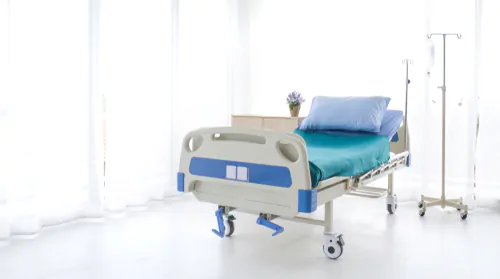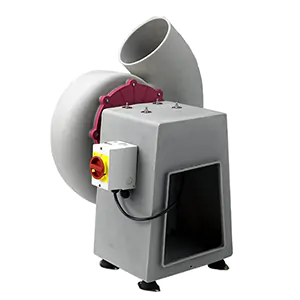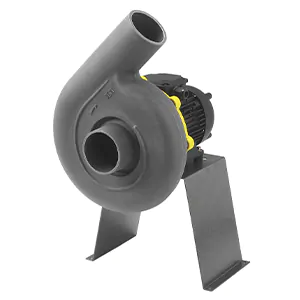Patient Isolation Rooms
Control the spread of infectious diseases and maintain a safe care environment with
Fume Extraction Fans for Patient Isolation Rooms
As stated by the National Centre for Biotechnoloy Information the later stage of twentieth century saw an alarming spread of Tuberculosis (TB) across the European nations. This sparked an extensive research in the field of infection control techniques in order to reduce the spread of disease. A logical solution to the problem was isolation of the infected patient. Deadlier threats like AIDS, bioterrorism (anthrax attacks, Tokyo Metro Sarin Gas attack etc) and SARS have triggered many concerns about the control of the indoor environment. This unveiled the role of ventilation system design in isolating an infected or vulnerable patient.
Choosing the Right Fume Extraction Fan
When choosing a fan for patient isolation rooms, the airflow required to maintain the correct pressure, and the location of the fan need to be considered. It is also important to make sure that negative isolation rooms are airtight. Therefore the door should be self-closing and the windows, floors and ceilings should be well sealed.
Ideally a waiting room should be between negative and positive pressure isolation rooms so that staff can change protective clothing and safely deliver equipment. It can be a more cost effective option to integrate one large system covering multiple rooms than smaller systems in individual rooms. Our polypropylene fans can withstand harsh environments for much longer than other material fans such as metal that corrode quite quickly. This makes them most the cost-effective product for many applications requiring fume exhaust extraction.
COVID-19 is considered airborne and surface transferable so the the high risk of the virus spreading during the pandemic meant that it was crucial for infected patients to be isolated where possible. It is important moving forward that hospitals have the correct systems in place in the event of urgent and increased demand for isolation rooms to control the spread of infection.
Negative Pressure Rooms in Hospitals
- Autopsy Rooms
- Sterile Processing Department
- Emergency Department Public Waiting Areas
- Waiting Rooms
- Triage
- Bathrooms
- Laboratory Work Areas
- Soiled Workrooms and Storage Rooms
- Janitors’ Closets
According to the Department of Health the potential health risks recognised has seen the sophistication of ventilation in healthcare premises increasing. Patients and staff have a right to expect that it will be designed, installed, operated and maintained to standards that will be safe and reliable. Increased health risks to patients will occur if ventilation systems do not achieve and maintain the required standards.
The Health and Safety at Work Act 1974 is the core legislation that applies to ventilation installations.




